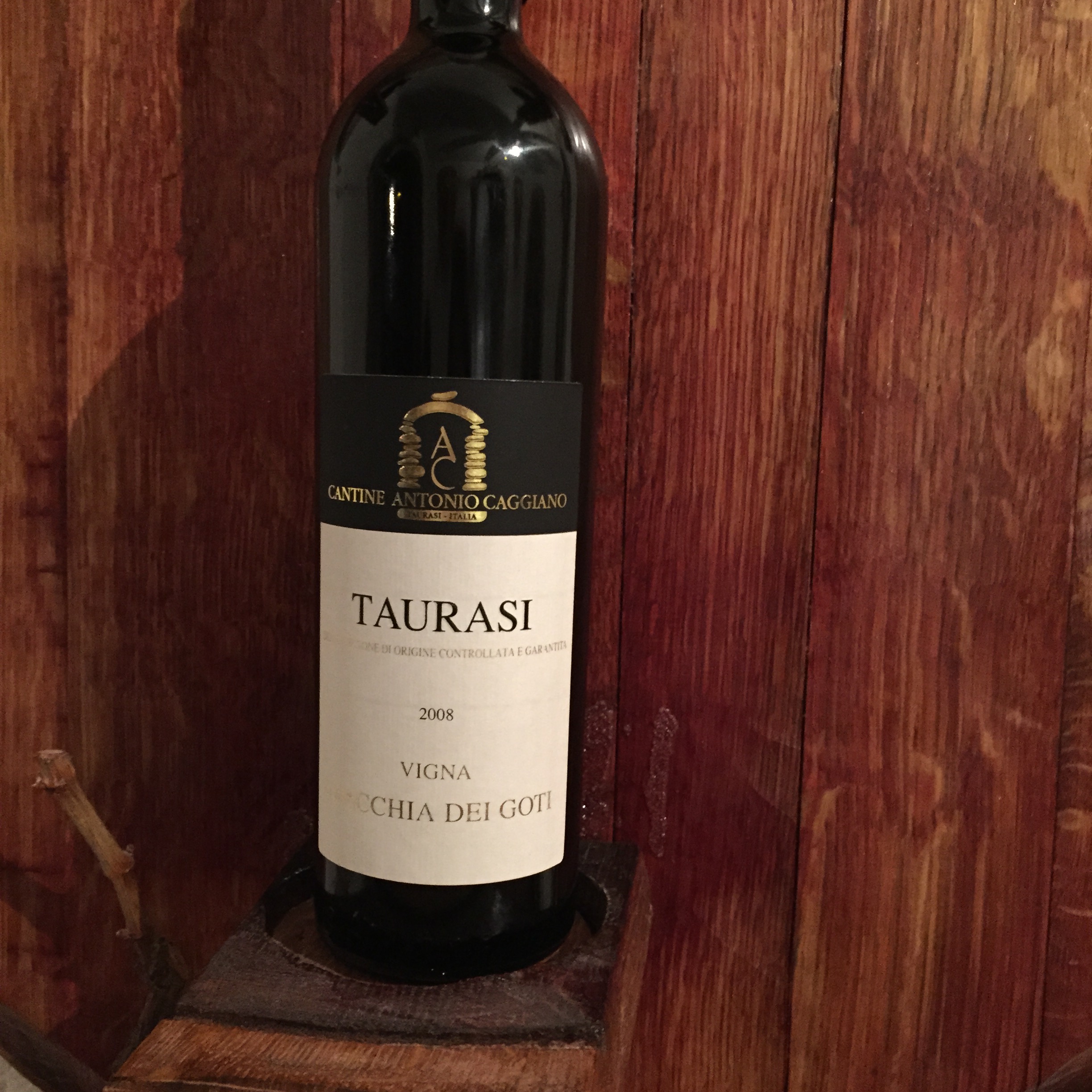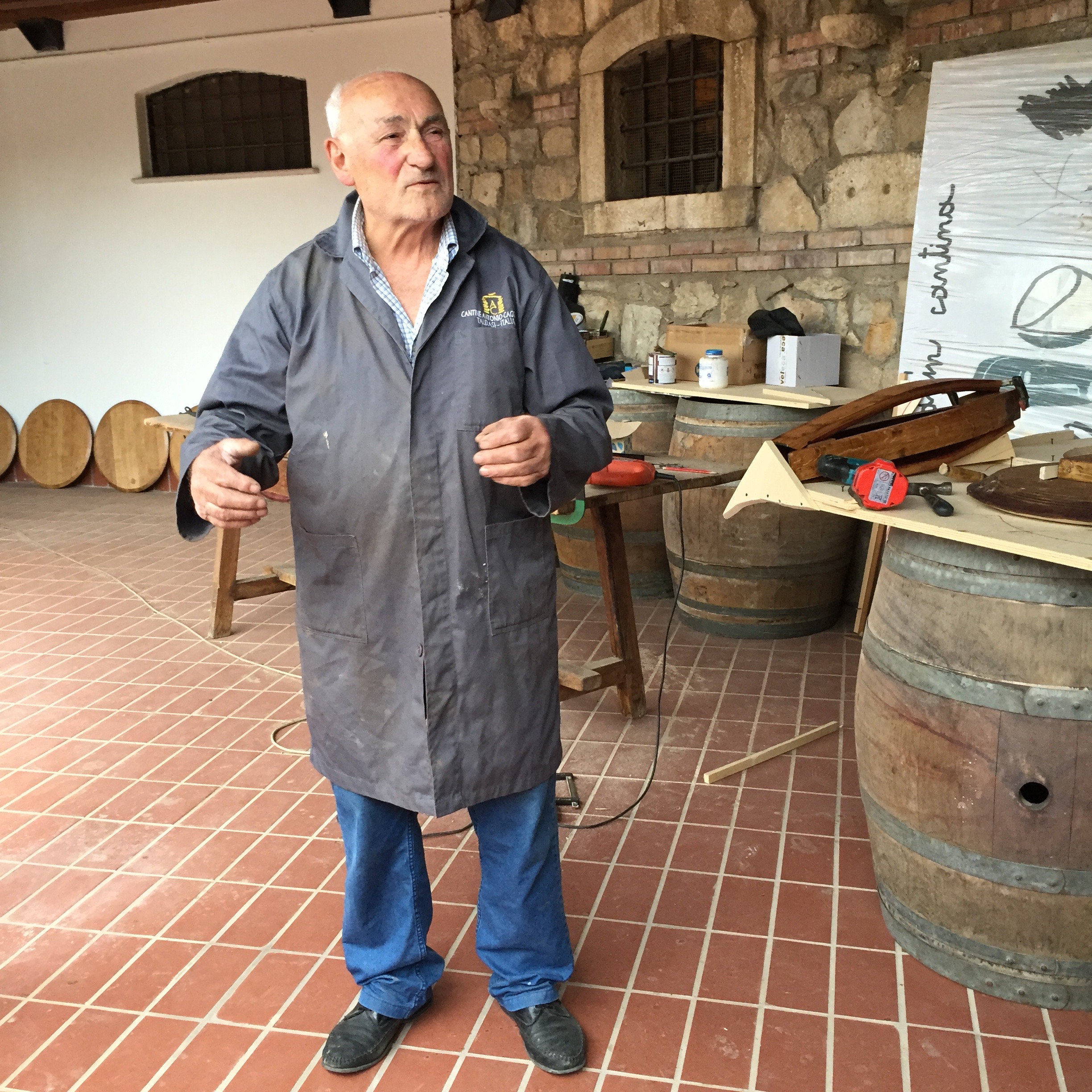Irpinia is the new Tuscany
Article by Christian Galliani, sommelier, co-founder Feast on History
By Christian Galliani
It’s been a really hot summer here in New York City. When the mercury parks itself in the nineties and shares an apartment with double-digit humidity, I can’t help but want to escape to the beach or the mountains.
Italians, as we well know, agree with this concept. The end of August is basically a time to relax and escape the heat. “Ferragosto”, which dates back to the time of the Romans, is sacrosanct. My Italian brethren have the good sense to flee to the coasts or the woods to get some relief from Dante-inspired conditions in Rome or Florence. But even in June and July when most Americans have time to take vacations, those stone streets make you feel like (if you pardon the analogy) a pizza in a stone oven. Add in standing in line with a billion backpackers to see the Coloseum or day trippers descending by the bus load from their luxury cruise ships and your summer vacation quickly becomes far less of one.
This is why I adore Irpinia. I base our Feast on History wine tours in this green lush region region which is much cooler than Chianti or Piemonte even though it is in Southern Italy, just a short drive away from the Amalfi coast. It’s home to world class vineyards, Michelin-starred restaurants and the famous Bagnoli truffles. Irpinia is also an artistic and archeological treasure trove dotted by castles and archaeological ruins that pre-date the Romans. The average daily summer temperature swings between a daytime high of 80 degrees Fahrenheit and dips to 65 degrees at night.
High elevations in the mountains east of Naples create an excellent climate for wine production
Irpinia is the area in the mountainous region east of Naples in the region of Campania. The name "Irpinia" comes from the Oscan word hirpus which means wolf, which still continues as Irpinia's totem or mascot. Oscan tribes of the Sabines, under various forms of duress, migrated towards this area in the 6th century B.C.E from what is now Umbria.
Its capital city is Avellino. If it sounds familiar, this is because thousands of of Italian-Americans have their roots here. (Tony Soprano tells Dr. Melfi his people are from Avellino in Episode 1.) Avellino straddles the ancient and modern worlds with the ubiquitous wolf symbol everywhere along with fabulous services and modern conveniences. I always stay at the 4-star Hotel de la Ville which boasts every modern convenience from good WiFi, a swimming pool, full bar, world class restaurant, manicured grounds, spacious rooms, and old world service, administered by a staff dressed to black tie standard. It’s centrally located for our adventures in Campania's wine country and costs half of what comparably rated hotels will charge for a wine tour in Tuscany.
Irpinia is sparsely populated and the tour bus and umbrella set is barely aware of its existence. This is a strong factor in keeping the area affordable for travel, tourism, and wine. Oh and those cooler temperatures are fantastic for wine production by the way. Due to volcanic activity, high elevation, strong sunshine and cool nights, this region is tailor made for making great wine most notably its four different indigenous DOCG certified varietals: Aglianico, Greco di Tufo, Fallanghina, and Fiano di Avellino.
Guests on the October 2015 wine tour walking out to see the Greco di Tufo grapes on the vines.
The appellation of Taurasi has been referred to as the “Barolo of the South” by wine geeks due to the care with which aglianico is vinified, its complexity, body, and aging potential. The difference? Well about a 400% contrast in price with the offerings from the commune of Barolo.
Irpinia has started getting its praise recently. Prestigious vineyards including Salvatore Molettieri, Mastrobernardino, Feudi Di San Gregorio, and Quintodecimo have long enjoyed critical acclaim, but have still managed to fly under the commercial radar for the most part. Evidenced by their wines’ perpetual placement on famous restaurants’ wine lists like Del Posto, French Laundry, and A16 to name a select few. Its winemakers as a result are more accessible, if no less rigorous or passionate in their approach to wine production.
Each is as different in personality as the wines they produce. Salvatore Molettieri is a grandfatherly figure that runs a rustic operation in the Taurasi. His approach is old-school and unpretentious. (Ironic for the producer of a 99+ point rated line of wines, and the darling of both Eric Asimov from the New York Times and Robert Parker, the master of “ratings” alike.
Christian starstruck by celebrated winemaker Salvatore Moletierri as he shows wine tour guests the behind-the-scenes of his wine production.
Molettieri is as generous with his time, as he is with samples of his extraordinary wine (and his knowledge.) In October 2015, our GPS stopped working so he came to find us himself in his Passat. Later he escorted us to our restaurant, leading our bus in his trusty station wagon through the dark Irpinian wilderness so as to ensure our safe travels!
He views himself as the father of his wine, Mother Nature as his partner and describes the careful and rigorous fermentation process like the rearing of a healthy child. In his tasting room which is also part of his home, he offers a veritable master class in deductive tasting to my guests and enthusiastically shows off every inch of his operation. But if Molettieri himself is easy going and approachable; his wine is the opposite. The aglianico is bold, huge bodied, and amazingly complex while at once perfectly balanced. His wines are a brash and audacious expression of his land.
Visiting Salvatore Molettieri in July 2014
If Moletierri represents a rustic, small business approach to winemaking, then Feudi Di San Gregorio is on the other end of the spectrum. Feudi is the largest producer of wine in southern Italy.
Tasting room at Feudi di San Gregorio designed by Hikaru Mori, interiors by Massimo Vignelli
They have an ultra modern facility and grounds designed by renowned Japanese architect Hikaru Mori and interiors designed by Massimo Vignelli. The facility is state-of- the-art and is complete with an herb and vegetable garden that supplies its very own Michelin starred restaurant, Marennà.
Display cases designed by Vignelli show the soil in which each varietal is grown.
Feudi produces a full line of delectable wines, and show us every square meter of their facility before pairing each of their wines with a custom paired 5-course meal at Marennà. They boast everything from delicious sparkling Greco di Tufo with great minerality to their famous single plot Aglianico-SERPICO and their quaffable Taurasi. If their operation is reminiscent of an art museum then their gift shop sure beats The Met! (Scoff all you like, but when I can get a bottle of falanghina there, then you’ll convince me otherwise.)
Another luxe experience in Irpinia is Mastrobernardino’s Radici, equal parts vineyard and resort. (Radici means roots.) Boasting a spa, golf course, pool, hotel, and a 4 star restaurant, there is something for everyone to enjoy. With manicured grounds and verdant vistas, the resort's feel is reminiscent of Napa Valley, but at only at a third the cost, to say nothing of the difference in wine. (I would insert a rant about extracted California fruit bombs but that would be too easy,)
Radici resort and vineyard
Mastrobernardino is one of the oldest and most respected producers of wine in Campania. Its Taurasi sourced “Radici” aglianico can be aged for well over 25+ years due to its structure and tannins. It graces the shelves of stores like Morell, and Italian Wine Merchants.
Luigi Moio’s Quintodecimo is sort of a balance between the old and the new world. While Moio’s family has been producing wine for generations in the region; he is a scientist first and foremost. He was a professor of olefactory chemistry at a prominent French university for years.
Luigi Moio (in the background) leads a wine tasting
He came back to Italy and built his own vineyard as a means of creating his own “laboratory” where he could be free to create and recreate wines to his exacting standards. Situated on the hills near the Eclanum archeological park featuring Samnite ruins dating back 2,000 years, it is a study in contrasts. If wine is an expression of the land it comes from, then it is certainly also a reflection of the winemaker. In this regard, Moio’s full line of wines, most notably the Exultent (named after Echezeaux, his favorite wine), is amazing. Its as layered, complex and nuanced as a wine from Burgundy with surprising depth and acid balance. He produces less than 5,000 cases of each offering and only sells to select markets.
During an advanced level sommelier worthy class in his elaborate tasting room, Moio describes his philosophy to my guests. He is maniacal in his attention to detail, and succinctly describes his motivation: Life is short. Humans are fortunate to be aware of our finite existence, so why not make the most of it? Indeed.
We make the most of our visit to Eclano by also visiting nearby Bagnoli when we are done at Quintodecimo. It’s best kept secret- Nonna Pina country house, a beautiful working farm and restaurant where they prepare a locally sourced truffle centered menu for us. More like they stuff us like we are in a Dionysian fantasy.
Baskets full of Bagnoli black truffles at Nonna Pina country house
Beautiful vistas from Cantine Antonio Caggiano in Taurasi
Finally, one of my very favorite vineyards is Cantine Antonio Caggiano, the brainchild of a renaissance man in every sense of the word. Antonio Caggigiano’s winery/vineyard/agriturismo, nestled in the hills of Taurasi is a feast for the eyes, soul and palate of anyone who appreciates wine, even just a little bit.
He produces award winning wines such as their “Taurasi Aglianico Macchia Dei Gotti” which translates to Stain Of the Goths has won the Bibenda, considered to be the “Oscar" of Italian wine awards and his exquisite white, the Bechar, has garnered the “Tre Bicchieri" Gambero Rosso awards.
His passions and talents include photography from his world travels, visual art, and furniture making. This shows in the aesthetic of the vineyard and drop-dead gorgeous views it boasts, the stunning photo and art gallery that elevate the main hall to his cellars, and the cellars themselves that were built from repurposed rubble from the earthquake that hit the area in 1980. He also repurposes old barrels into chairs that adorn the tasting room. This is a family affair in every sense. Giuseppe Caggiano, Antonio’s son is now running things on a day to day basis, and their faithful vineyard dog Principe is sure to greet us when we arrive.
If it's summer and you want to go on a wine tour of Chianti or Piemonte, be forewarned about the crowds, heat and expense. But if you want a luxury food and wine experience with truly meaningful time spent with masters of their craft, go south. Go to Irpinia.
#ItalianFWT
This post is part Italian Food, Wine & Travel’s volcanic wines theme. Below are the other posts from the group.
Scorched Terroir and Explosive Wines by Culinary Adventures with Camilla
Etna Rosso: Wine from the Slopes of an Active Volcano by FoodWineClick
Sicily’s Scorched Earth Wines at Gambino Winery by TheWining Hour
Campania Food & Wine ABC’s: Favorites by Vineyard Adventures
Campania’s Volcanic Wines with Fratelli Urciuolo by Vino Travels

















